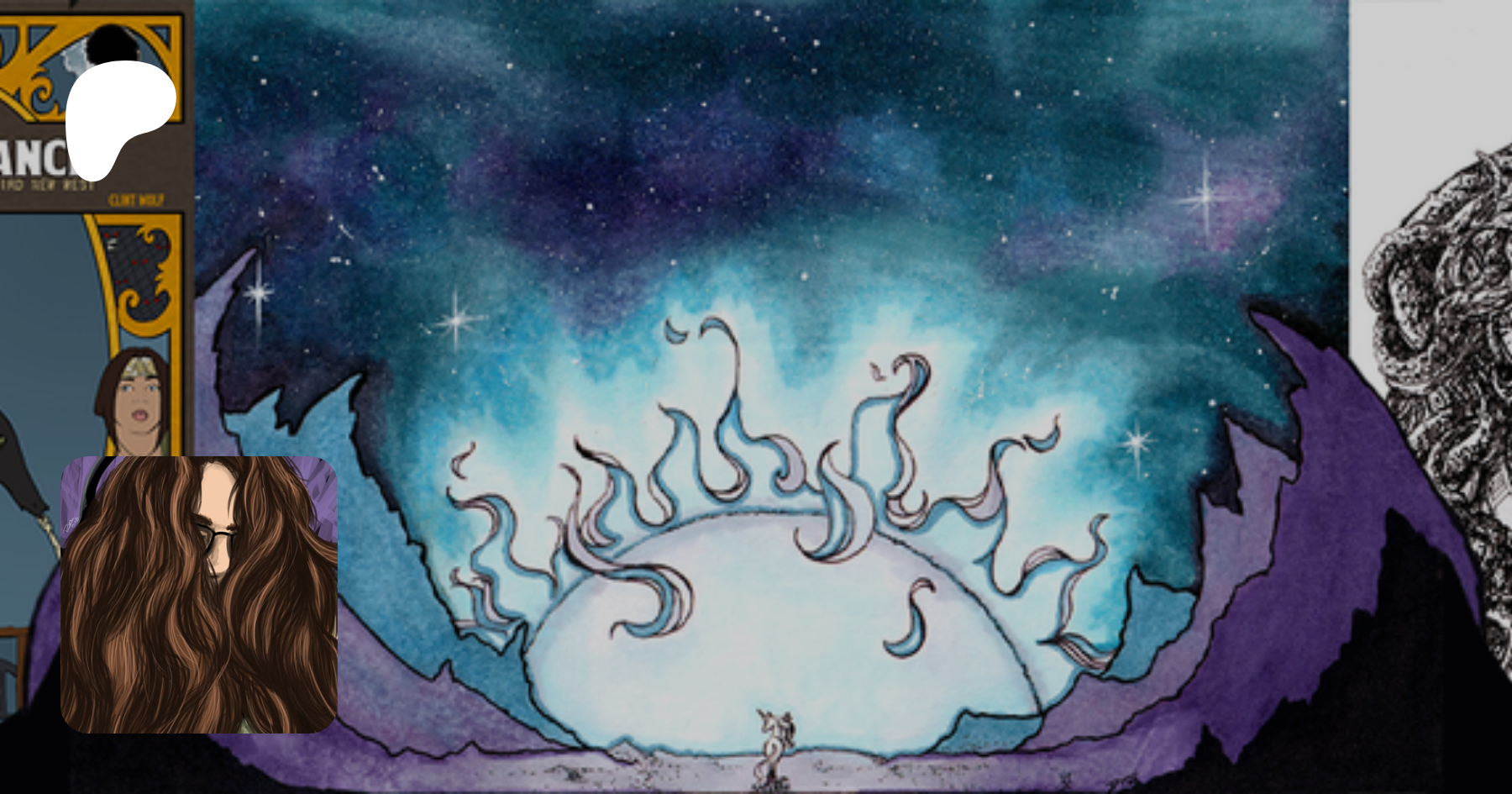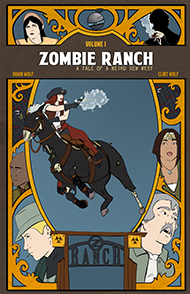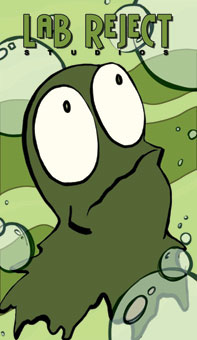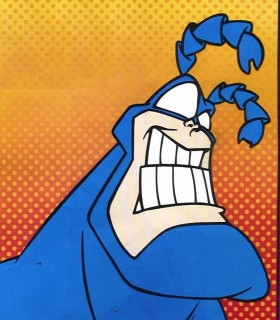No, I’m not attempting to one-up discussing Shakespeare last week by randomly quoting Classical Latin. First off, the above phrase isn’t even proper Latin, a discrepancy which comes clear when I tell you it’s from words carved into a wooden plank by a half-literate former Texas Ranger: a Ranger who freely admits he doesn’t know what it means, but that hey, it sure looks classy.
The Ranger in question is one Augustus McCrae, half of the fictional pairing that makes up the main protagonists of a TV miniseries by the name of Lonesome Dove. Together with his partner Woodrow F. Call, Gus owns and operates the Hat Creek Cattle Company just outside the town of Lonesome Dove, Texas. Calling Lonesome Dove a town is being extremely generous, since it seems to consist of little more than a saloon. Because of this, and also a heavy implication that settling down doesn’t sit well with Woodrow, a decision is made to make a cattle drive to Montana where they and their crew can set up a new homestead in a still relatively virgin wilderness. That drive and its immediate aftermath are the subject matter of the show.
I have vague memories of watching Lonesome Dove when it first aired, way back in 1989, but that wasn’t much to go on. What I did remember was that it still comes highly recommended for fans of the western genre, so I managed to get my paws on it recently and have a watch. Let me tell you, this was no small commitment. We’re talking over six hours’ worth of show, with a huge cast of characters, sprawling from Texas to Mexico to Arkansas to Montana and just about everywhere between. The series started out as a screenplay in the early 70s for a movie that was slated to star John Wayne, Jimmy Stewart, and Henry Fonda, but the story is that Wayne turned it down on the advice of John Ford, Stewart backed off when he heard Wayne was out, and I guess Fonda alone wasn’t enough oomph to keep things going. The film was abandoned, and writer Larry McMurtrey ended up turning it into a novel instead, which then over 15 years later made its way back to the (smaller) screen.
So, a smaller screen, perhaps, but the budget must have been spectacular for its time, based on the quality and scope of the locations, and the cast. Watching Lonesome Dove I was shocked at the quality and depth of the acting roster, which is probably the main part of how it managed to keep my interest for its entire length. In particular, the two leads featured Gus McCrae being played by Robert Duvall, and Woodrow F. Call being played by Tommy Lee Jones, and the chemistry between them is incredible.
Let’s put it this way: you know which folks are easy for me to write in Zombie Ranch? People like Uncle Chuck and Rosa, the ones who talk your ear off and show their hearts on their sleeves (keeping in mind that heart might have an extra ace tucked up under). Suzie and especially Frank are infinitely harder because they keep their own counsel and don’t necessarily say what’s on their minds, meaning the reader has to interpret that based on other clues.
In Lonesome Dove, Gus does lean towards the former type, but Woodrow is firmly in the stoic mold of the latter, and TLJ is masterful at somehow taking that stone-faced cipher and making him interesting. Then again, I suppose they do cheat by having Gus chatter to Woodrow and to others about what Woodrow happens to be thinking, often claiming to know his partner better than his partner knows himself. Point is, a lot of times volumes are being spoken without actually being said (or when something else is being said), which to me is an essence of good writing and good acting, especially in a western. Flamboyant is easy. Stoic is hard.
Duvall and Jones represent the core of the show, and hold the whole thing together, but there’s a lot of other talent surrounding them. Just as a short list, we have Danny Glover, Diane Lane, Robert Urich, Angelica Huston, Steve Buscemi, Rick Schroder, and even D.B. Sweeney (looking exactly the same 20 years ago as he does today, which makes me wonder if perhaps he was miscast as human in True Blood).
About the show itself, there’s really too much to go into than will fit even in one of my blogs, but I wasn’t disappointed. There are some dated special effects; Dawn in particular started hooting with laughter during a dramatic stampede scene in a thunderstorm when the cattle suddenly became “electrified” by lighting, and the irony there is that scene comes straight from the book, which comes straight from a true account of a trailhand in the 1800s who watched in awe as ball lightning rolled between the horns of the cattle he was herding. Whether or not that cowhand was making it all up to begin with, the fact remains that the effects budget wasn’t up to representing it well.
Where Lonesome Dove shines is in the details of a huge cross-section of American frontier life circa 1876, and the interpersonal relationships of the rough and courageous people trying to make their way in that world. The core storyline is based out of a historical cattle drive and two historical men of the time, Charles Goodnight and Oliver Loving, which might go a long way towards explaining this, but it could easily have rung false in the telling. Lonesome Dove teeters towards melodrama at times, but always returns to people and happenings that I could believe in and care about. In the end, no matter how grounded or fantastical your setting, that’s what makes a good story.
Oh, the Latin motto? It’s intentionally corrupted, but when corrected translates roughly to “a grape ripens when it sees (or is around) another grape”. There’s been a lot of talk on whether that’s an actual theme of Lonesome Dove (and if so, what it means), but as far as I know McMurtry has not given a definitive answer. Even if he didn’t understand it, Gus loved an unspoken ideal it seemed to represent, as this exchange showed:
Woodrow Call: …and if that ain’t bad enough you got all them Greek words on there, too.
Gus McCrae: I told you, Woodrow, a long time ago it ain’t Greek, it’s Latin.
Woodrow Call: Well what does it say in Latin?
[Gus blusters some gibberish]
Woodrow Call: For all you know it invites people to rob us.
Gus McCrae: Well the first man comes along that can read Latin is welcome to rob us, far as I’m concerned. I’d like a chance t’ shoot at a educated man once in my life.
It’s a funny moment, but it leaves so much wonderfully unexplained–and sometimes, those moments in fiction are the ones that seem most true to life.










